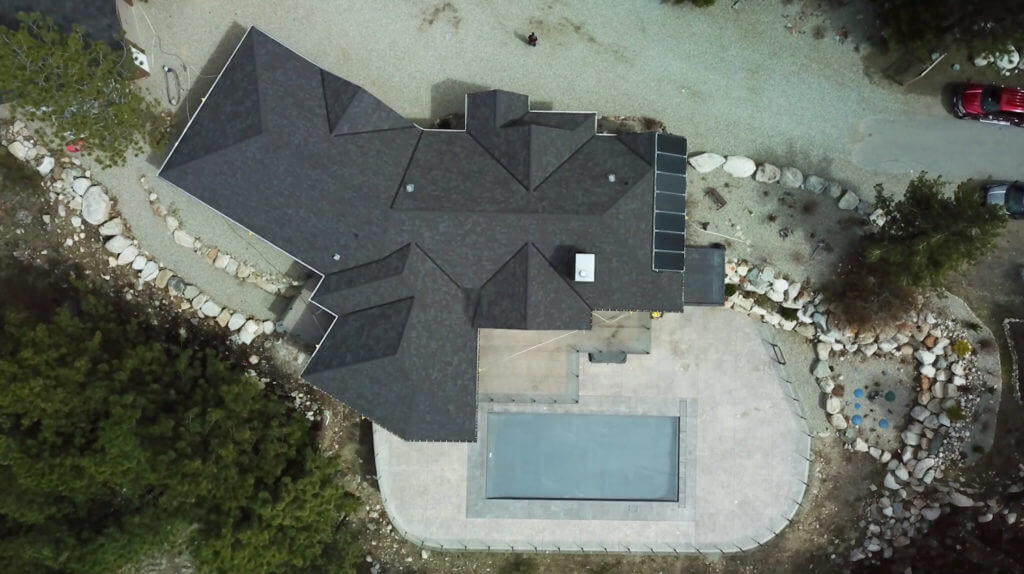Fuel for forest fires naturally builds up over time, but it doesn’t have to accumulate on your property if you follow the FireSmart principles. And one of the first, and most important, areas to address is excess vegetation around your home.

This should happen on an individual and community level. For communities in the Wildfire Urban Interface (WUI), there are different levels of treatment based on threat, biogeoclimatic factors, efficiencies and other factors like watersheds and wildlife habitat. A great way to identify problem areas is to have a FireSmart representative complete an FCCRP Community Wildfire Hazard Assessment Form.
Homeowners can also take steps to find out how they can manage vegetation on their own property. Keeping your gutters clear of leaves, cutting your grass to below 10 cm and excess branches that hang near your roof can save your home from the threat of wildfire. For more detailed information, the FireSmart Guide to Landscaping is a great resource for vegetation management and will help you protect your property where it matters most.
Knowing your priority zones is also a key to ensuring your home stays safe. These are the areas around each property that require unique vegetation management activities. Zone 1a (0-1.5 metres) is the non-combustible zone directly around the property where no ignitable fuel should be present. Zone 1 (1.5-10 metres) is the zone where the landscape should not permit wildfire to transfer to the home. Zone 2 (10-30 metres) is where hazards are reduced primarily by thinning and pruning of trees. Zone 3 (30-100 metres) is the zone that influences how fire approaches the property.
There are many other educational tools found here to help you and your community better understand how wildfires spread. Check out our resources page for more helpful information.
